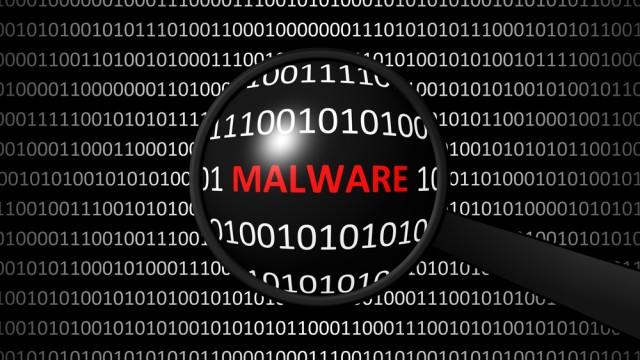Microsoft and Intel are turning malware into images
Project STAMINA uses deep learning to detect and classify malware

Researchers from the Microsoft Threat Protection Intelligence Team and Intel Labs have come together to work on a new research project that utilized a novel approach to detect and classify malware.
The project, called STAtic Malware-as-Image Network Analysis (STAMINA), used a new technique to convert malware samples into grayscale images which were then scanned for textural and structural patterns specific to known malware samples.
During the first part of their collaboration, the researchers built on Intel's previous work on deep transfer learning for static malware classification and used a real-world dataset from Microsoft to better understand the practical value of approaching malware classification as a computer vision task.
- US government is working on a mysterious malware detection project
- Box boosts malware detection to help remote workers
- Also check out the best malware removal software
The STAMINA approach makes the argument that malware can be classified at scale by performing static analysis on malware codes represented as images.
Turning malware into images
The researchers first prepared the malware binaries by converting them into two-dimensional images using pixel conversion, reshaping and resizing. The binaries were then converted into a one-dimensional pixel stream by assigning each byte a value between 0 and 255 which corresponded to pixel intensity. Each Pixel stream was then transformed into a two-dimensional image by using the file size to determine the width and height of each image.
These resized images were then fed into a pre-trained deep neural network (DNN) that scanned the 2D representations of malware strains and classified them as either clean or infected. To serve as a base for the research, Microsoft provided a sample of 2.2m infected Portable Executable (PE) file hashes.
Microsoft and Intel researchers used 60 percent of the known malware samples to train the original DNN algorithm, 20 percent of the files were used to validate the DNN and the other 20 percent were used for the actual testing process. According to the research team, STAMINA was able to achieve an accuracy rate of 99.07 percent in identifying and classifying malware samples with a false positive rate of only 2.58 percent. When working with smaller files, STAMINA was accurate and fast though the project wavered when working with larger images.
Are you a pro? Subscribe to our newsletter
Sign up to the TechRadar Pro newsletter to get all the top news, opinion, features and guidance your business needs to succeed!
Based on the project's success at identifying malware, Microsoft could one day end up using STAMINA to spot malware on Windows PCs or even in its antivirus software Window Defender.
- We've also highlighted the best antivirus software
Via ZDNet
After working with the TechRadar Pro team for the last several years, Anthony is now the security and networking editor at Tom’s Guide where he covers everything from data breaches and ransomware gangs to the best way to cover your whole home or business with Wi-Fi. When not writing, you can find him tinkering with PCs and game consoles, managing cables and upgrading his smart home.
